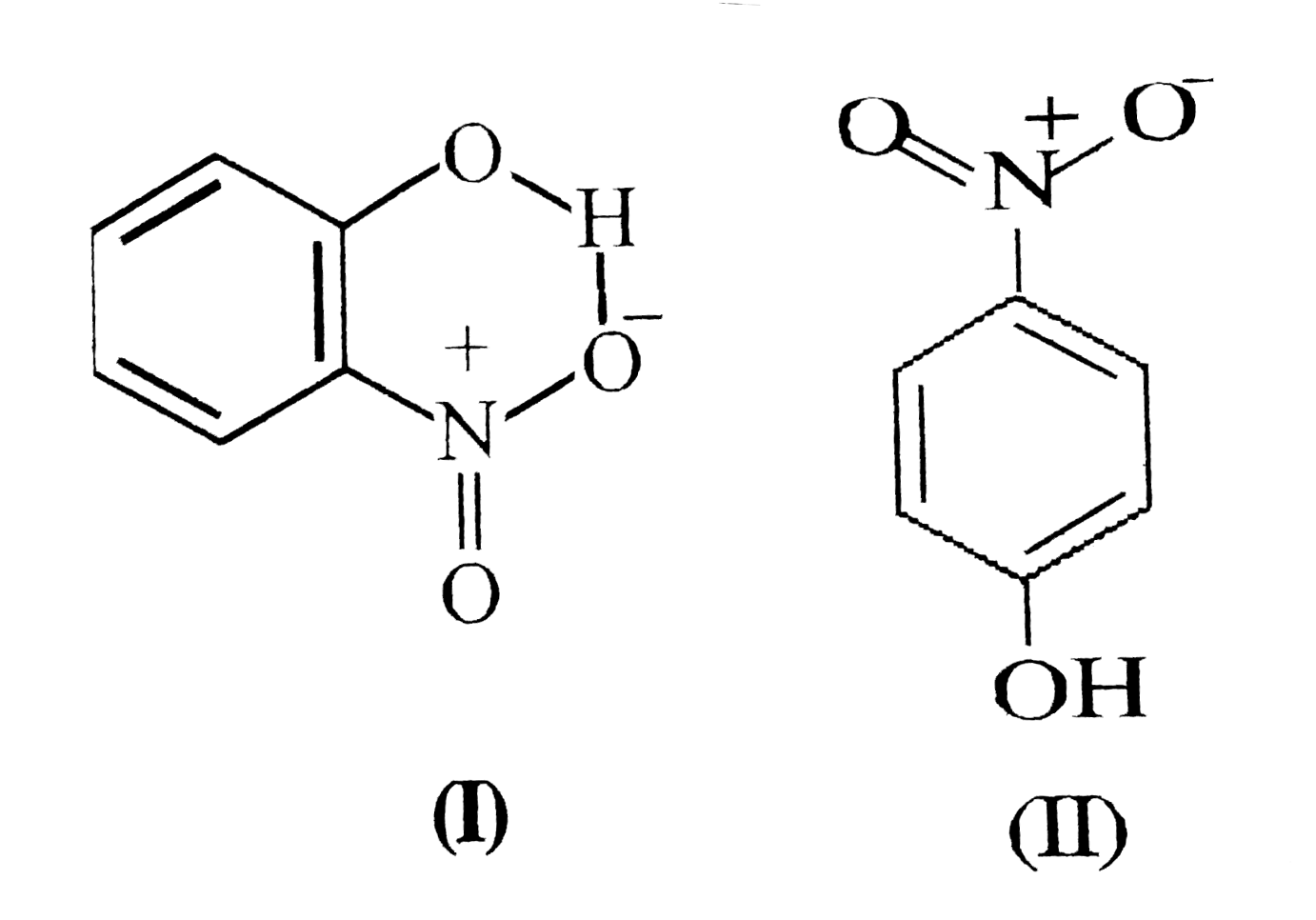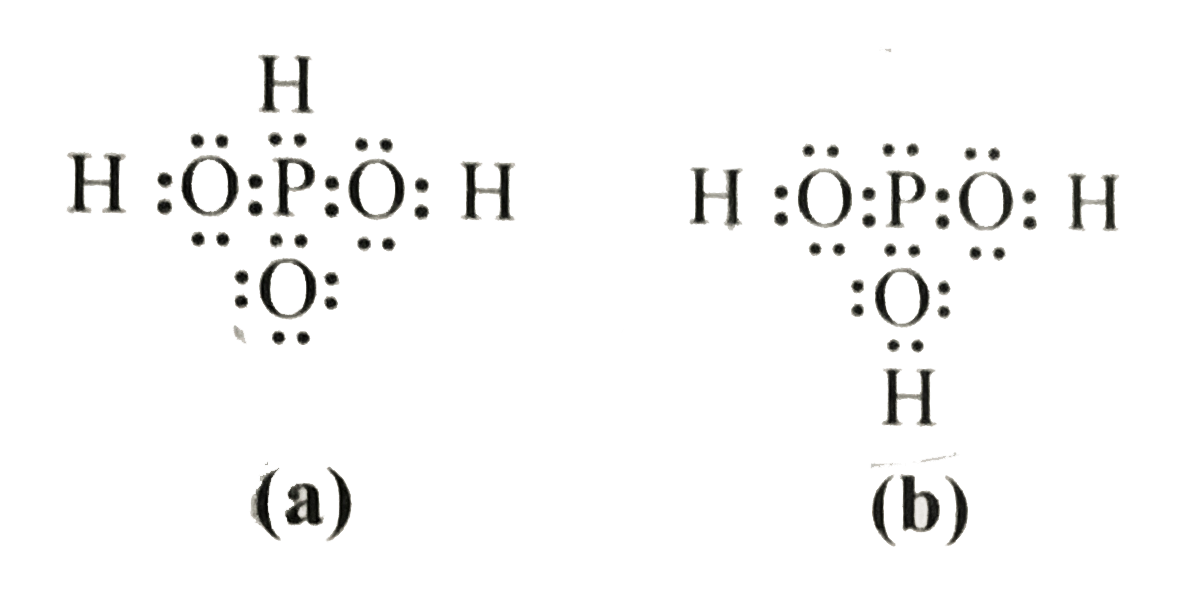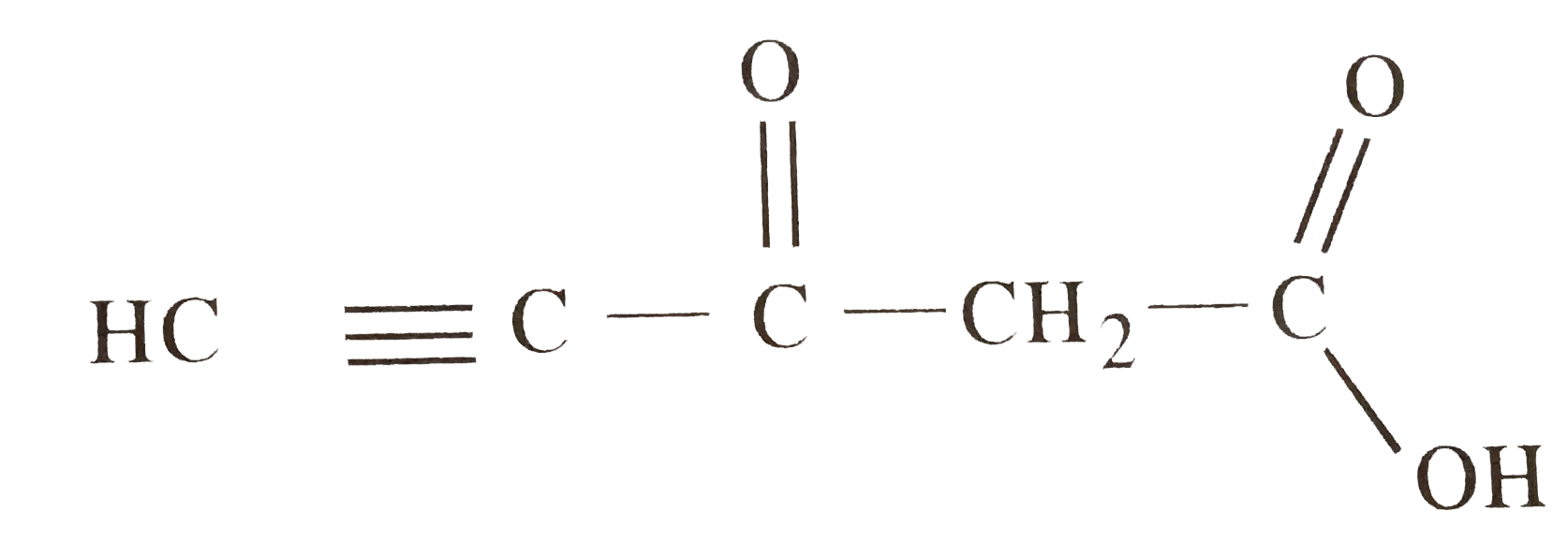EXAMPLE from S DINESH & CO CHEMISTRY (HINGLISH) CHEMICAL BONDING AND MOLECULAR STRUCTURE for Class 11
| Class 11 | CHEMISTRY |
| Chapter | CHEMICAL BONDING AND MOLECULAR STRUCTURE |
| S DINESH & CO CHEMISTRY (HINGLISH) | EXAMPLE |
| Medium | English |
| Academic Year | 2023-2024 |
Question 56
Structures of molecules of two compounds are given:
(a) Which of the two compounds will have intermolecular hydrogen bonding and which compound is expected to show intramolecular hydrogen bonding.
(b) The melting point of a compound depends on, among other things, the extent of hydrogen bonding. On this basis explain which of these two compounds will show higher melting point.
(c ) Solubility of compounds in water depends on power of formed hydrogen bonds with water. Which of these compounds will from hydrogen bond will water easily and be more soluble in it ?
 View Solution
View SolutionQuestion 60
The energy of σ2pz, molecular orbital is greater than π2px and π2py molecular orbitals in nitrogen molecule. Write the complete sequence of energy levels in the increasing order of energy in the molecule. Compare the relative stability and the magnetic behaviour of the following species.
N2,N+2,N−2,N2+2View SolutionQuestion 79
NaCl and AgNO3 are ionic solids and they readily dissodciate to from ions in solution. Ag+ ions combine with Cl− ions to give white precipitate of AgCl. But CCl4 is covaolent compound and does not give Cl− ions in solution. Therefore, no reaction is possible between CCl4 and AgNO3. View SolutionQuestion 128
According to Octed Rule, each atom gains or loses electrons to complete its outermost shell. As a result, molecules are formed. Each contributing element has 8 electrons in the outermost shell, but there are some limitations to this rule in which central atom of some molecules has more han 8 electrons. Some molecules like NO and NO2 don't satisfy octet rule as they have add electrons in them.
On the basis of above paragraph, answer the following :
(i) Writer the Lewis structurre of N2 molecule.
(ii) How the structure of SF6 cannot be explained on the basis of octet rule ?View SolutionQuestion 129
L.C.A.O. principle is involved in the formation of molecular orbitals according to molecular obtital theory. The energy of bonding molecular orbital is less than that of the combining atomic orbitals while that of the anitibonding bonding melecular orbital is more. The B.O. =1/2[Nb−Na]
Answer the following questions on the basis of the above paragraph :
(i) What is bonding molecular orbital ?
(ii) Calculate B.O. of He2 molecule. View SolutionQuestion 132
In ionic solids, the oppositely charged ions are closely packed in space and have strong electrostatic forces of attraction. These compound have high melting and boiling points and are poor conductors of electricity in the solid state.
(i) Why are ionic solids poor conductros of electricity ?
(ii) What happens to electrical conductivity when these are dissolved in water ?View SolutionQuestion 133
The study of dipole moment of a molecule is useful to explain the shape of a molecule and also to predict a number of other properties of the molecule. The net dipole moment of a polyatomic is the resultant of the different bond dipole moments present in that molecule.
Answer the following questions on the basis of above paragraph :
(i) What is dipole moment ?
(ii) Out of CO2andH2O, which molecule is polar in nature any why ?View SolutionQuestion 138
Atom A,B and C occur in the same period and have one, six and seven valence electron respectively.
(a) Will the bonds between B and C be predominantly ionic or covalent ?
(b) Will the bond between A and B be predominantly ionic or covalent ?
(c ) Write he electronic structure of the compound between B and C View SolutionQuestion 145
(a) H+2andH−2 ions have same bond order but H−2 ion is more stable. Explain.
(b) N2 has a greater bond dissociation enthalpy than N+2 ion hals more bond dissociation enthalpy than O2. Why ?
(c ) Can we have ahomonuclear diatomic molecule with all its ground state molecular orbitals full of electrons ?
(d) When a magnet is dipped in a jar of liquid oxygen, some oxygen clings to it. Assign reason :View SolutionQuestion 149
H2O is a covalent molecule and the two O-H bonds are of polar nature. The H2O molecules are involved in intermolecular hydrogen bonding both in water and ice which differ in their relative densities.
(i) What type of structure does ice possess ?
(ii) Out of ice and water, which is heavier ?
(iii) At what temperature,does water have maximum density ?
(iv) What is the value associated with this characteristic of water ?View SolutionQuestion 150
In ionic solids, the oppositelycharged ions are closely packed in space and have strong electrostatic forces of attraction. These compounds have high melting and boiling points and are also proop conductors of electricity in the solid state.
(i) Why are ionic solids poor conductors of electricity ?
(ii) What happens to electrical conductivity when these are dissoved in water ?
(iii) What is the value associated with it ?View Solution
All Exercises from S DINESH & CO CHEMISTRY (HINGLISH) Class 11 CHEMISTRY CHEMICAL BONDING AND MOLECULAR STRUCTURE
- COMPREHENSION
- COVALENT AND CO-ORDINATE BONDS
- HYDROGEN BONDING
- III.MATCHING TYPE QUESTIONS
- IONIC BOND
- IV. ASSERTION-REASON TYPE QUESTIONS
- JEE (JOINT ENTRANGE EXAMINATION) ADVANCED COMPREHENSION LINKED MCQS
- JEE (MAIN) & OTHER ENGINEERING ENTRANCE EXAMINATIONS
- MATRIX-MATCH TYPE QUEDTIONS
- MULTIPLE CHOICE ANSWER TYPE MCQS
- MULTIPLE CHOICE QUESTIONS (TYPE -1)
- MULTIPLE CHOICE QUESTIONS (TYPE -II)
- MULTIPLE CHOICE QUESTIONS BANK (MCQB)
- MULTIPLE CHOICE QUESTIONS MCQS
- PROMBEMS FOR PRACTICE
- REASON TYPE QUESTIONS
- STRAIGHT OBJECTIVE TYPE MCQS (SINGLE CORRECT OPTION)
- COMPREHENSION
- COVALENT AND CO-ORDINATE BONDS
- HYDROGEN BONDING
- III.MATCHING TYPE QUESTIONS
- IONIC BOND
- IV. ASSERTION-REASON TYPE QUESTIONS
- JEE (JOINT ENTRANGE EXAMINATION) ADVANCED COMPREHENSION LINKED MCQS
- JEE (MAIN) & OTHER ENGINEERING ENTRANCE EXAMINATIONS
- MATRIX-MATCH TYPE QUEDTIONS
- MULTIPLE CHOICE ANSWER TYPE MCQS
- MULTIPLE CHOICE QUESTIONS (TYPE -1)
- MULTIPLE CHOICE QUESTIONS (TYPE -II)
- MULTIPLE CHOICE QUESTIONS BANK (MCQB)
- MULTIPLE CHOICE QUESTIONS MCQS
- PROMBEMS FOR PRACTICE
- REASON TYPE QUESTIONS
- STRAIGHT OBJECTIVE TYPE MCQS (SINGLE CORRECT OPTION)
- QUESTION BANK
- COMPREHENSION
- COVALENT AND CO-ORDINATE BONDS
- HYDROGEN BONDING
- III.MATCHING TYPE QUESTIONS
- IONIC BOND
- IV. ASSERTION-REASON TYPE QUESTIONS
- JEE (JOINT ENTRANGE EXAMINATION) ADVANCED COMPREHENSION LINKED MCQS
- JEE (MAIN) & OTHER ENGINEERING ENTRANCE EXAMINATIONS
- MATRIX-MATCH TYPE QUEDTIONS
- MULTIPLE CHOICE ANSWER TYPE MCQS
- MULTIPLE CHOICE QUESTIONS (TYPE -1)
- MULTIPLE CHOICE QUESTIONS (TYPE -II)
- MULTIPLE CHOICE QUESTIONS BANK (MCQB)
- MULTIPLE CHOICE QUESTIONS MCQS
- PROMBEMS FOR PRACTICE
- REASON TYPE QUESTIONS
- STRAIGHT OBJECTIVE TYPE MCQS (SINGLE CORRECT OPTION)
- COMPREHENSION
- COVALENT AND CO-ORDINATE BONDS
- HYDROGEN BONDING
- III.MATCHING TYPE QUESTIONS
- IONIC BOND
- IV. ASSERTION-REASON TYPE QUESTIONS
- JEE (JOINT ENTRANGE EXAMINATION) ADVANCED COMPREHENSION LINKED MCQS
- JEE (MAIN) & OTHER ENGINEERING ENTRANCE EXAMINATIONS
- MATRIX-MATCH TYPE QUEDTIONS
- MULTIPLE CHOICE ANSWER TYPE MCQS
- MULTIPLE CHOICE QUESTIONS (TYPE -1)
- MULTIPLE CHOICE QUESTIONS (TYPE -II)
- MULTIPLE CHOICE QUESTIONS BANK (MCQB)
- MULTIPLE CHOICE QUESTIONS MCQS
- PROMBEMS FOR PRACTICE
- REASON TYPE QUESTIONS
- STRAIGHT OBJECTIVE TYPE MCQS (SINGLE CORRECT OPTION)
- QUESTION BANK
- ADDITIONAL IMPORTANT QUASTIONS
- BORD EXAMINATIONS
- EXAMPLE
- H.O.T.S. CONCEPTUAL QUESTIONS
- VALUE BASED QUESTIONS
- ADDITIONAL IMPORTANT QUASTIONS
- BORD EXAMINATIONS
- EXAMPLE
- H.O.T.S. CONCEPTUAL QUESTIONS
- VALUE BASED QUESTIONS
- ADDITIONAL IMPORTANT QUASTIONS
- BORD EXAMINATIONS
- EXAMPLE
- H.O.T.S. CONCEPTUAL QUESTIONS
- VALUE BASED QUESTIONS
- ADDITIONAL IMPORTANT QUASTIONS
- BORD EXAMINATIONS
- EXAMPLE
- H.O.T.S. CONCEPTUAL QUESTIONS
- VALUE BASED QUESTIONS



